Heat Hazard declared for 2025 Singapore Grand Prix: What it means for the weekend and F1's future
- Kavi Khandelwal

- Oct 2
- 3 min read
Written by Kavi Khandelwal
The Fédération Internationale de l'Automobile (FIA) declared a "Heat Hazard" for the 2025 Singapore Grand Prix on 2nd October 2025. This was triggered by the forecast with the Heat Index surpassing 31° Celsius. The activation of this safety protocol turns one of the most strenuous race of the year into a regulated risk.
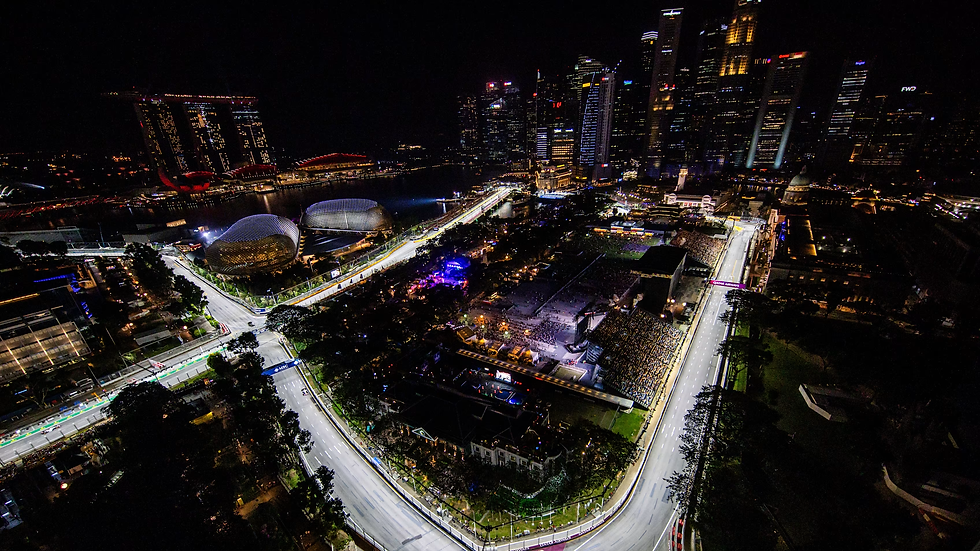
The Singapore Grand Prix is a test of endurance, yet this declaration signifies a fundamental shift in the sport's approach to the safety of the drivers.
At the 2024 Singapore Grand Prix, many drivers' faced critical health issues. Lance Stroll fainted after getting help from the car, receiving help from a nearby mechanic. The Mercedes drivers were excused from media duties due to both experiencing symptoms of a heat stroke. The race winner, Lando Norris, reported feeling dizzy after the race as well.
The evolution of the sport's safety in heat is a result of a near-disaster two years prior at the 2023 Qatar Grand Prix. These elite athletes were pushed to their physiological breaking points, and forced the governing body to confront the human cost of racing at the limit.
What this means for 2025 Singapore Grand Prix
This declaration requires the teams to fit their cars with a mandated driver cooling designed to mitigate the effects of extreme heat. The system includes a fire-resistant vest with tubes that circulate a chilled liquid.

For the 2025 season, the wearing of the vest is voluntary, which puts the drivers in front of a crucial decision. The choice has a trade-off: any driver who elects not to wear the vest must have their car fitted with 0.5kg of ballast in the cockpit to compensate for the weight difference and to ensure the parity across the grid.
This protocol introduces a strategic dilemma. It forces the teams and drivers to balance the physiological benefits of active cooling against the potential performance impact of added weight or discomfort.
Deconstructing 2023 Qatar Grand Prix
The 2023 Qatar Grand Prix was the perfect tempest of environmental, physiological and regulatory factors, creating untenable conditions. The track temperatures were reported to be above 36° Celsius and over 70% humidity, making the body's natural cooling mechanisms ineffective.

Due to the tyre safety concerns, the FIA mandated a maximum stint length. This lead to a three-stop strategy race which eliminated any need for pace management. The race turned into flat-out sprints, a complete onslaught on the drivers' thermoregulatory capacity.
The human toll at the 2023 Qatar Grand Prix was truly unparalleled. Williams' Logan Sargeant retired mid-race with intense dehydration and a heatstroke, while his teammate Alex Albon was treated for acute heat exposure.
Alpine's Esteban Ocon vomitted inside his helmet for two laps, yet continued on to finish the race. Stroll also passed out in the car before regaining consciousness. The cockpit temperatures were later estimated to have reached 80° Celsius.
FIA's regulatory response
The 2023 Qatar Grand Prix prompted an immediate response from the FIA. An analysis was done by the governing body on the topic of whether elite athletes should be expected to compete under conditions that could jeopardise their health or safety or not.
That analysis brought in tangible changes. New technical ruleswhich permitted cooling scoop on the car's nose to improve the airflow and driver cooling vests were set to become mandatory in the extreme heat from the 2026 season.
Article 26.19 of the Sporting Regulations which consist of the "Heat Hazard" declaration is a data-driven response to a brutal lessons.
Sprint added in 2026
However, a recent commercial decision has countered the safety efforts enforced by the FIA. Singapore is to hold its first-ever sprint weekend starting in the 2026 season.

This sprint format replaces a practice session with a 62.14 miles or 100 kilometres race, and adds a second competitive qualifying session which only increases the physical load on drivers. The thermally hostile environment of Singapore will pre-load the drivers with fatigue and dehydration before the actual race.
This decision highlights the paradox of the FIA's safety first rhetoric and their commercial push for more "action."
These challenges are not merely anomalies but rather, indicators of a future in a warming world. The long-term viability of Formula One depends on proactive strategies, whether it is smarter calendar management or integrating driver life support into the basic designs of the cars.
The ultimate test is not longer between man and machine versus track; it is now F1 versus the heat itself.

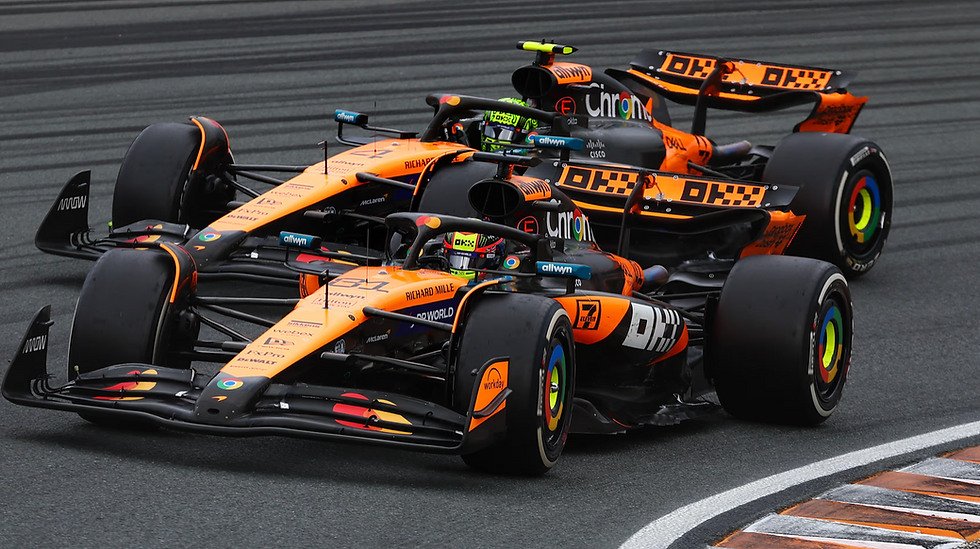


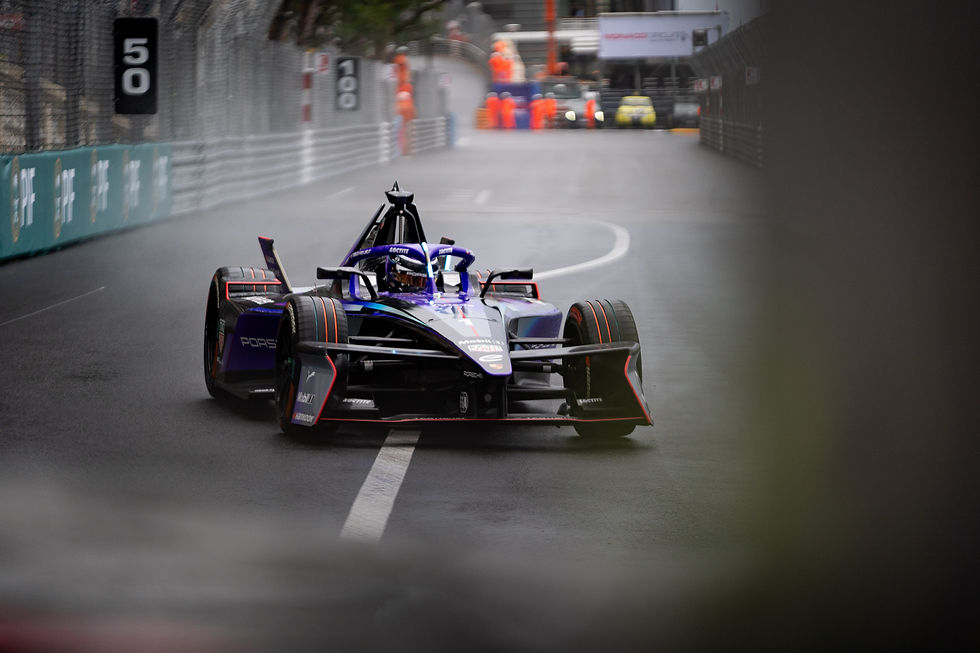
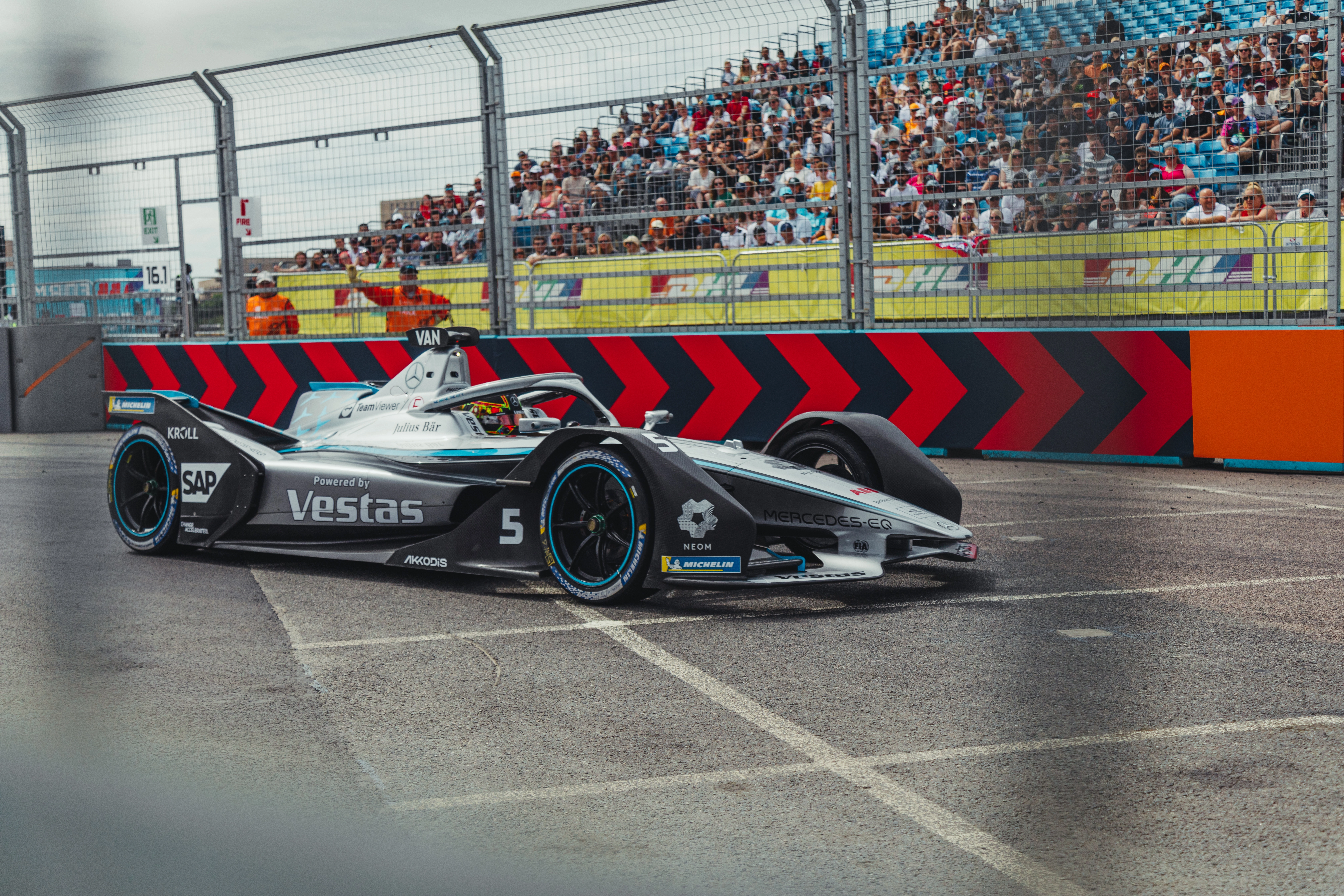



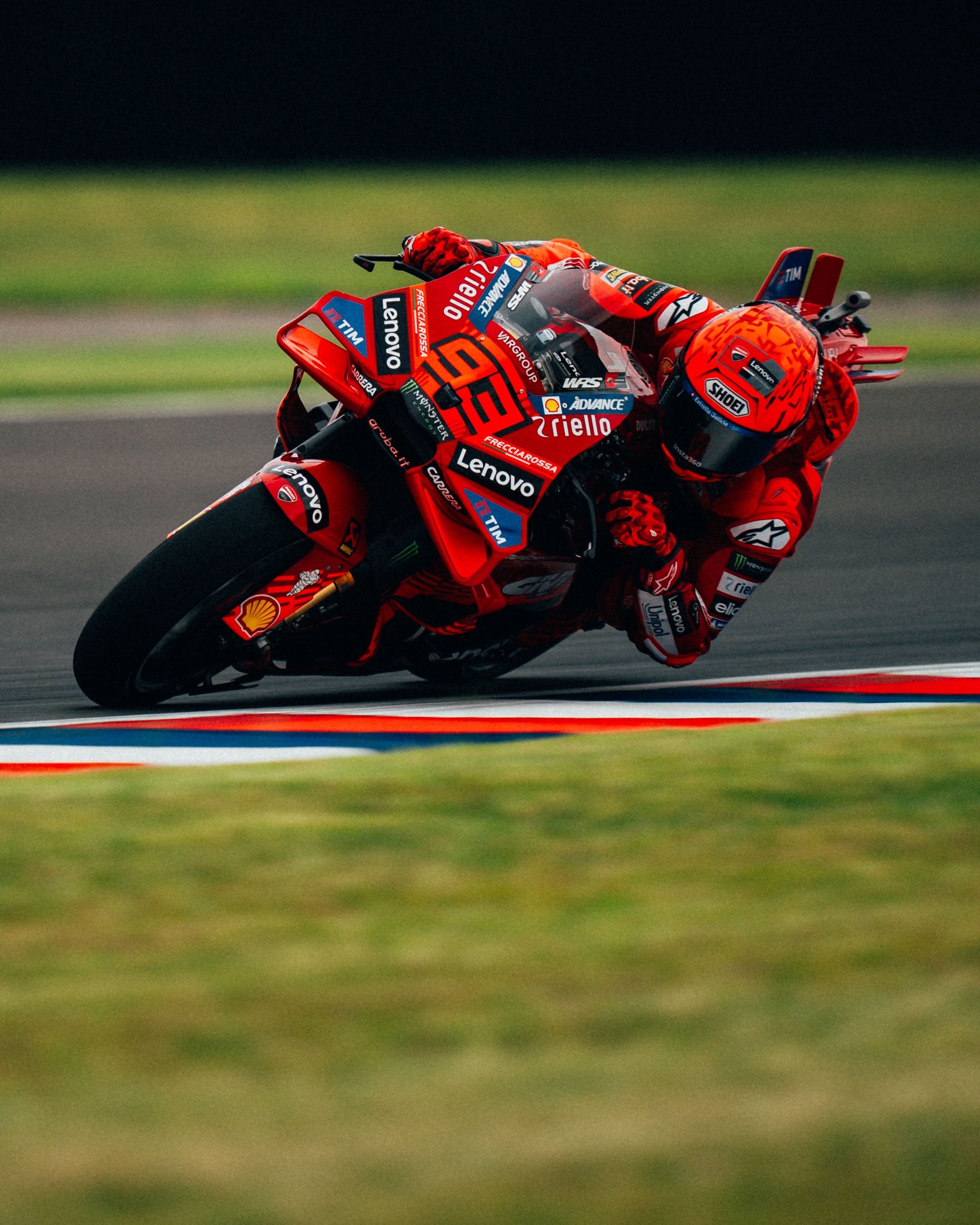


Comments